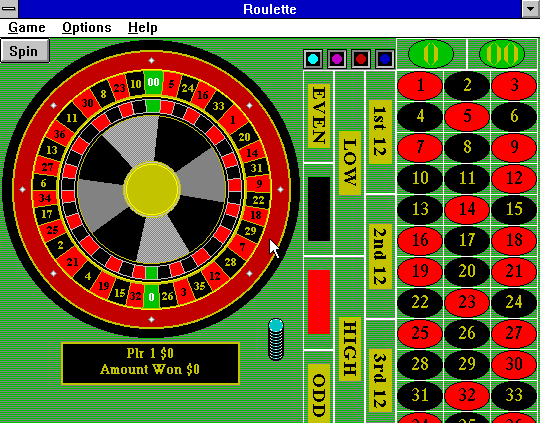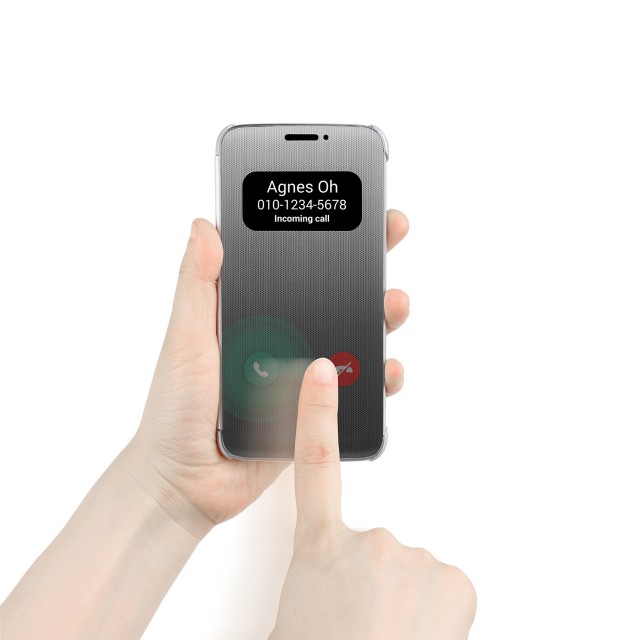
Modern IT architectures have opened commercial off-the-shelf software categories to new forms of innovation. But still, most B2B eCommerce solutions have yet to evolve. The result is that many firms are left with outdated, in-house infrastructures or bulky SaaS tools that hamper operations, leave customers unsatisfied and can’t keep up at the speed businesses demand. Developers today who work with B2B eCommerce tools gravitate toward cloud-based platforms that are more comprehensive, agile and customizable. This allows for the creation of services and workflows that meet their unique needs.
I spoke with Steve Davis, chief technology officer at Four51, which powers B2B eCommerce for over 10,000 businesses and nearly 20 million users, about what B2B eCommerce solutions should entail and what developers’ priorities are -- or should be -- when building a modern day eCommerce site.
BN: Can you elaborate on how modern IT architectures have changed the way companies operate?
SD: As companies upgrade their technologies to take advantage of current web, mobile and automation capabilities, most realize they need to update their technology stack. As such, increasingly these firms are seeking out cloud-based systems for their sales, marketing, eCommerce, ERP and other systems, and leveraging APIs as necessary to connect to other software and point solutions.
For example, now companies no longer have to build out complex tax logic in their own systems or build their own functionality for mobile since tax software such as Avalara or a mobile platform such as Twilio can be leveraged via API.
ProgrammableWeb has been tracking this "API Economy" for the past several years, and they’ve noted the growth of web APIs from fewer than 10 in 2005 to over 14,000 in 2015. That connective tissue, in that broad of an ecosystem, is new to the world and it is unlocking immeasurable efficiencies, innovation and growth.
BN: Despite these new forms of innovation, most B2B eCommerce solutions have yet to evolve. Why do you think that’s the case?
SD: Salesforce pioneered cloud technologies beginning in 1999, and initially the concept of the cloud was a tough sell, especially with the more conservative technology, security and back-office positions in the enterprise.
The cloud has now become pervasive primarily in the front-offices of sales and marketing, but the back-office has still been slow to adopt. Despite new forms of eCommerce innovation, they have been slow to catch on due to a false notion many enterprises have about the cloud and the fact that enterprises are unaware of the benefits in scalability, cost, and speed the cloud provides them.
Status quo has been easier for these large, risk-averse organizations, so they continue with their expensive, in-house or on-premise solutions controlled entirely by their own employees, rather than "renting" via subscription a lower cost SaaS or customizable PaaS solution.
Also, decision makers should consider that authoritative publications and research groups like the Wall Street Journal and Gartner have made it clear that the cloud has significant IT security advantages over on-premise solutions.
BN: What makes cloud platforms a better answer for developers who work with B2B eCommerce tools? Are there any drawbacks?
SD: Three main drivers of cloud platforms as being superior for developers include the low cost of cloud, scalability and the connectivity APIs afford. The cloud is simply a more economical and scalable way to manage eCommerce. It also allows for updates more easily in the future.
The advent of REST APIs, coupled with cloud enables developers to build exactly what they want, integrate with existing systems and launch a superior solution for their customers.
BN: What would you say developers should prioritize in terms of tools for building modern day eCommerce?
SD: It is vital that developers maintain a high degree of agility. The capability to release software daily is essential. In order to accomplish that, teams must support continuous integration, automated regression testing and collaboration with customers. The ability to react to customer needs quickly will enable the delivery of the best experience possible.
Additionally, all software created must be usable on every device. Responsive web design is a requirement now and no longer just a "nice to have".
BN: What are the most important features and functionality?
SD: The most important features and functionality are in the eye of the beholder. The customer knows how they want to do business and the software created needs to support that explicitly. That requires a robust data model, exposed through an API, that can be leveraged to create the custom workflows. The software should be molded to your business practices rather than the business molding to the software.
BN: More generally speaking, how do B2B commerce systems fit into broader digital ecosystems?
SD: B2B eCommerce is emerging from its former spot in the back-office to a forward-looking, customer-facing technology. If you look at all industries today you’ll note the trend we call "Digital Self-Service".
This refers to technologies that enable customers to help themselves using friendly digital user interfaces. Whether you’re booking a flight, making a restaurant reservation, buying a ticket to a movie, or even purchasing your burger at McDonalds, the chance that you are doing it digitally via mobile, web or kiosk is higher than ever. B2B eCommerce is the next evolution of that journey -- now putting full digital self-service into the hands of B2B customers.
Photo Credit: Nonnakrit/Shutterstock























 Hector Hoyos is the founder and CEO at
Hector Hoyos is the founder and CEO at